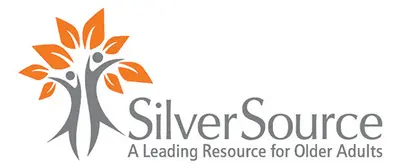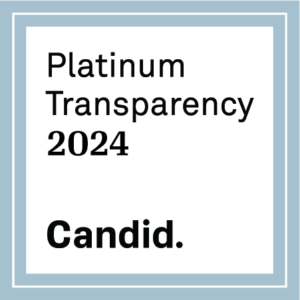From Digital Divide to Digital Inclusion

{Read in 4 minutes} Imagine what life was like just 20 years ago. Many people were using personal computers both in the office and at home. Cell phones were handheld but mainly used for phone calls. It wasn’t until the early 2000s that digital innovation really picked up speed. The internet became mainstream, social media like LinkedIn appeared in 2003, YouTube in 2005, and Facebook and Twitter in 2006. The first iPhone was introduced in 2007 and voice-activated assistants like Siri came about in the 2010s. Since then we’ve seen iPads, artificial intelligence, Instagram, cloud computing, Snapchat, Uber, Slack, TikTok, to name a few among the multitude of streaming services available.
Today’s senior citizens did not have access to any of this modern technology growing up. They may have retired from work without having to use much technology. They might have viewed social media as nice-to-have but not necessary for their daily lives or only for younger generations. However, that all changed in 2020 when the Covid-19 pandemic hit. Like it or not, we accelerated into the digital world in a big way when life as we knew it shut down and moved online. Imagine how it feels to be left behind and socially isolated because you were not on the internet.
The Digital Divide is the gap between people who have the opportunity to access the Internet and those who don’t. Only 40.7% of Americans 65 years old and older have broadband internet service. With basic service costing $60/month, 60% of Americans 50+ years old say cost is a concern. Some seniors don’t have access because they don’t think they need it or they live where it is not available. They may not understand what technology can do for them as it is not actively marketed to or designed for the elderly. They don’t understand the terminology. Keeping up with ever-changing technology is mind-boggling and expensive. However, with the size of the 60+ market projected to reach 1 billion people by 2030, this is a huge area of social and economic opportunity. So what are some practical solutions to enable more seniors to adopt today’s technology to improve their lives?
In order to move from the Digital Divide to Digital Inclusion we need the following:
1. Affordable, good bandwidth service*.
2. Devices with internet access to meet everyone’s needs.
3. Education on how to use the internet and other digital technologies.
4. High-quality, user-friendly technical support.
5. Applications and digital environments that make the user self-sufficient and an active participant.
6. Awareness and demonstration of how technology can directly benefit lives.
Imagine a world where many of today’s seniors go online for healthcare, to stay connected to friends and family, to learn new skills, to work or volunteer, to age in place, and to access opportunities. While we can now resume many activities that we were doing before the pandemic, we have seen the future be digitally transformed. Being online is not only for the young, the well-educated, the wealthy, people living in cities or suburban areas, U.S. citizens, the able-bodied, etc. We all have a right to access and use modern technology to improve our lives. It is no longer a nice-to-have — it is an imperative.
Visit our website at www.silversource.org for more information on all of our services.* The Emergency Broadband Benefit (EBB) started in May 2021 by the FCC offers a monthly break of up to $50 on internet access for those who qualify. $3.2 billion in funds have been allocated to this program.
Founded in 1908, SilverSource is an independent, nonprofit organization that provides information, financial support, and other services that positively improve the quality of life for people over age 60 while serving as a resource center and referral source for older adults and their families in lower Fairfield County.
Meleisa Holek
Program Manager
MHolek@silversource.org
203.324.6584

